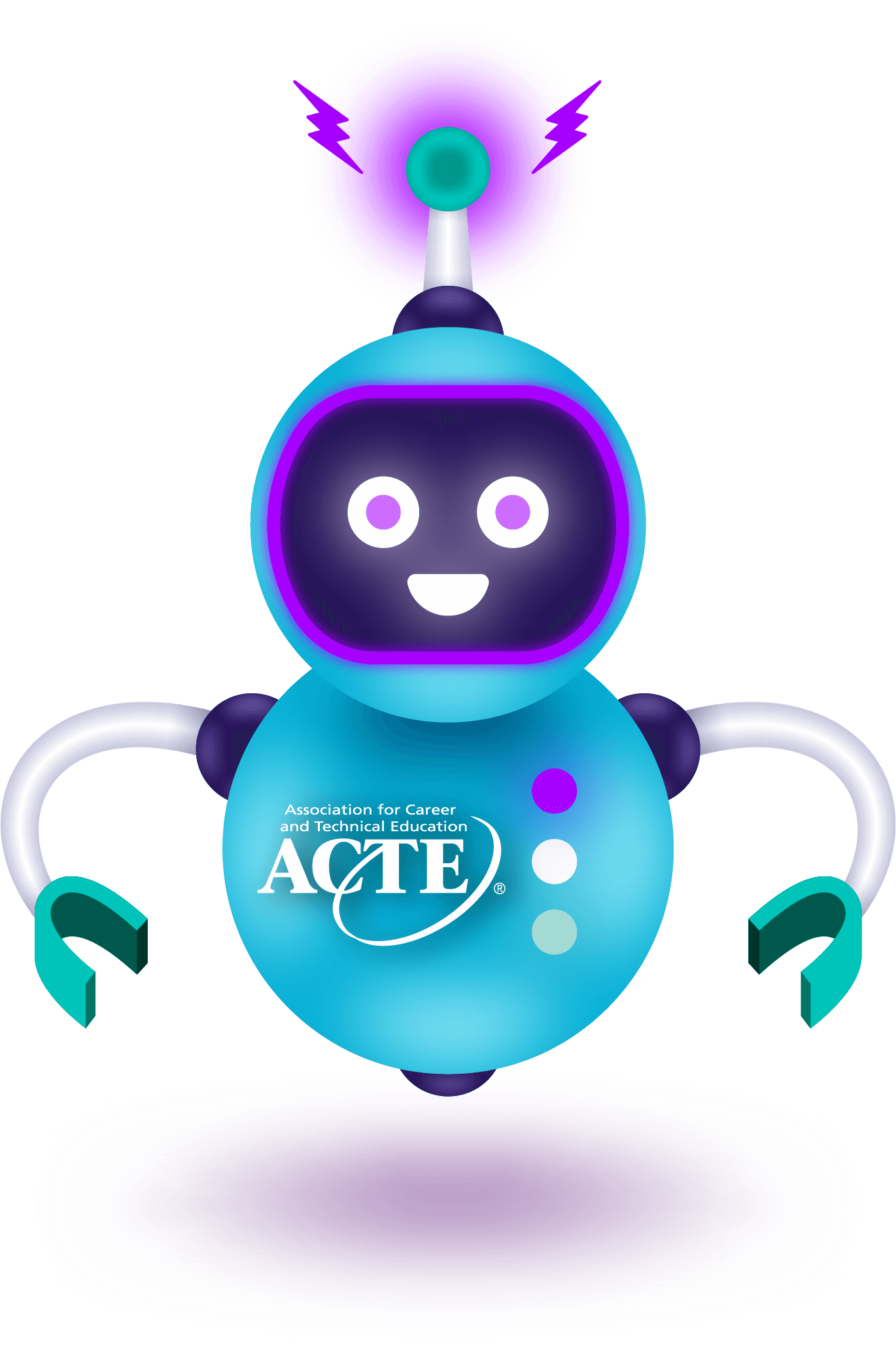Over the past five years, organizations worldwide have defined AI literacy largely as understanding, using and critically evaluating AI. But current industry signals reinforce the need to move beyond AI literacy. Software teams report an AI productivity paradox: Tools speed routine tasks but can erode long-term skill if humans stop scoping, verifying and integrating content generated by AI with care (Azaletskiy & Maksimova, 2025).
The classroom takeaway is clear: schools must teach an AI workflow, not just how to use specific AI tools. So then, what does fluency look like in practice? Recent guidance points to AI-ready learners who blend technical knowledge with durable skills such as critical thinking, communication, collaboration, adaptability, creativity, leadership and emotional intelligence (Hutson, & Ceballos, 2023) along with the attitudes needed to engage with, design and manage AI responsibly.
To keep humans in the loop
As AI becomes more ubiquitous, a lingering concern is whether it will be AI or humans that set the boundaries that create opportunity. For example, resume-screening models can be trained to learn from past hiring practices and quietly penalize nontraditional credentials, apprenticeship gaps or certain ZIP codes. Likewise, automated mortgage underwriting can over-weight short credit histories or variable shift work, limiting home-loan access for early career CTE graduates despite stable income.
The remedy for these risks is not to avoid AI. Rather, it is to center human judgment inside AI’s repeatable workflow.Early AI adopters in industry can help us understand what future work will look like for CTE students.
Recent research with Google (Kam et al., 2025) yielded a workflow that describes how the AI-enabled software engineer interacts with AI in performing routine tasks and solving problems in today’s high-tech workplace. This workflow was translated into the IAVES (Initiate, Analyze, Verify, Elevate, Socialize) model of human-centered prompt engineering to be used in education settings by EDC and community college faculty responsible for technician training.
1. INITIATE
The first step is to initiate interaction with AI by defining the job before you use the tool. Specify the purpose and audience; set constraints such as tone, length, and format, and name any standards or sources to follow as well as what not to include. Provide an example or template if possible. Write the prompt, then review it for clarity and completeness and refine it. Individuals new to this process might want to draft and seek prompt or seek advice from a more seasoned user of the AI tool before initiating an interaction.
2. ANALYZE
The second step is to analyze what AI has produced in response to your prompt. Read the output like a reviewer. Does it meet the purpose, audience and format? Are key requirements present or missing? Is the information broad and deep enough to effectively answer your question? If so, far-get, refine the prompt or provide a better example and start again.
3: VERIFY
The third step is to verify AI’s output. This is a vitally important step as AI can create false information and make it sound true. Check facts, citations, calculations and compliance against trustworthy sources or standards. Log what you verified and what changed. If something cannot be substantiated, revise the prompt or discard the claim and start again.
NOTE: Steps one, two and three are the most currently taught prompt engineering processes. But stopping here puts the responsibility for the solution completely in the hands of AI, with the human responsible only for checking for errors and hallucinations. To stand behind AI’s solution and convince others to accept it, in addition to ensuring accurate information we have to dig deeper to understand why and how AI produced the solution it produced.
4: ELEVATE
In the fourth step, humans elevate the response by making it even better. While AI uses vast amounts of data to create a solution based on our prompts, we can draw upon our expertise, specific knowledge of the issues, and in doing so the human reflects on the big picture and anticipates how the response will be viewed. Adding examples allows us to connect with the interests of community members.
5: SOCIALIZE
In school, at work and in other environments, getting others to accept and appreciate our solutions is critically important to the success of the work. To do this we need to share and get buy-in for those solutions. We need to explain our choices clearly. We need to tailor our message to our audience. And we have to invite input and build support from others. The skills and dispositions needed to do this work are inherently human.
Elevate AI use with critical thinking.
What follows are two assignments you can implement or adapt for your CTE classrooms, along with suggestions for what might be included in each step.
Health Sciences
Assignment: Patient Education One Pager
-
- Initiate: Ask AI for a 250-word handout on post-op wound care for adults reading at a 6-7 grade level. Use plain language, bullets and a “Call your clinic if…” section.
-
- Analyze: Check tone and readability. Ensure instructions are stepwise.
-
- Verify: Cross-check against your program’s clinic guidelines. Correct any contraindicated advice.
-
- Elevate: Add local clinic hours, phone numbers and multilingual availability. Include image placeholders your program uses.
-
- Socialize: Present to a mock supervisor. Capture feedback and finalize the handout with a revision log.
Manufacturing
Assignment: Maintenance Standard Operating Procedure Revision
-
- Initiate: Ask AI to “revise this hydraulic press SOP to include lockout and tagout steps, pre-use inspection, and PPE per OSHA 1910.147 and 1910.132. Scope to one page with a checklist.”
-
- Analyze: Confirm sequence clarity and that all required elements are included.
-
- Verify: Compare to OSHA sections and vendor manuals. Fix any hallucinated part names.
-
- Elevate: Add your shop’s tool IDs, shift schedule constraints and local signage. Embed photos from your lab.
-
- Socialize: Present to a peer safety committee. Record decisions and pin the final SOP in the shop binder with version and date information.
Looking ahead
Ultimately, the IAVES framework embeds into our interactions with AI the durable skills that matter most: critical thinking, communication, and collaboration, ensuring students practice justifying their choices, tailoring their outputs to the real world, and documenting final decisions that end users can trust.
By engaging in human-centered AI interactions we can help our students ensure that humans don’t take AI’s recommendations as the last and final word, and that they elevate AI’s solutions by integrating them with human knowledge, skills and intuitions. These patterns of practice can ensure that CTE students develop the habits of mind to center human judgment and technical intuition inside AI’s repeatable workflow (Malyn-Smith, 2025).
Joyce Malyn-Smith, Ed.D., a former CTE teacher and administrator, is a distinguished scholar at Education Development Center and a national expert in STEM workforce education focusing on emerging technology careers.
Kirsten Peterson, a senior project director at EDC, leads AI initiatives and oversees largescale programs that use evidence-based instructional design, online learning, and collaborative professional development to improve education.
















